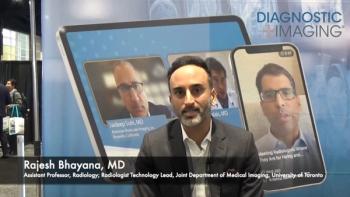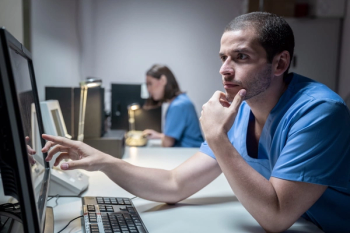
Musculoskeletal Extremity Imaging on the Rise
Use of imaging for musculoskeletal extremities has increased significantly over the past 20 years.
The use of the most common musculoskeletal extremity imaging modalities has increased significantly over the past two decades, according to a study published in the
Researchers from New York, Georgia, and Virginia sought to assess temporal changes in the use of musculoskeletal extremity imaging in Medicare beneficiaries over 20 years, starting in 1994.
The researchers used the Medicare Physician Supplier Procedure Summary Master Files from 1994 through 2013 to study changing use and utilization rates of the four most common musculoskeletal imaging modalities: radiography, MRI, CT, and ultrasound.
The results showed while utilization rates (per 1,000 beneficiaries) for radiography increased 43%, from 441.7 beneficiaries to 633.6 beneficiaries, the increase was more significant for the other modalities:
• 615% for MRI, an increase from 5.4 to 38.6
• 758% for CT, an increase from 1.2 to 10.3
• 500% for ultrasound, from 1.8 to 10.8
Radiologists were the most common billing specialty group for all modalities throughout the 20-year period, maintaining dominant market shares for MRI and CT (84% and 96%, respectively, in 2013).
The second most common billing group was orthopedic surgery for radiography, MRI, and CT, and podiatry for ultrasound. The physician office was the most common site of service for radiography, MRI, and ultrasound, whereas the hospital outpatient and inpatient settings were the most common sites for CT.
The researchers concluded that within the Medicare population, the most common musculoskeletal extremity imaging modalities increased substantially in utilization over the two-decade period from 1994 through 2013.
Newsletter
Stay at the forefront of radiology with the Diagnostic Imaging newsletter, delivering the latest news, clinical insights, and imaging advancements for today’s radiologists.




























